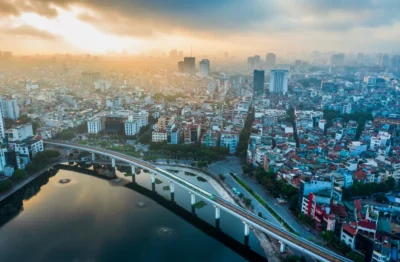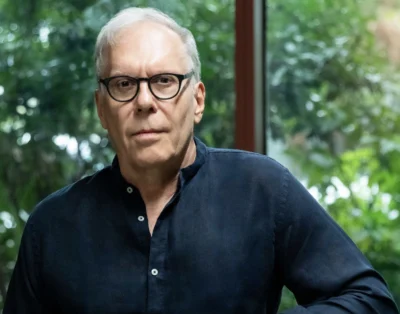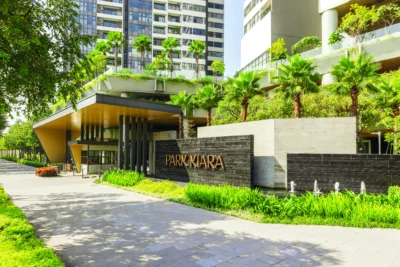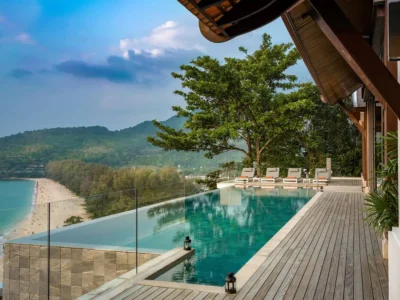Balance is the new normal: Part 4. live
Prof. Pomeroy investigates the pandemic’s effects on the way we reside at home and how our social divergence is paradoxically having a moment of spatial convergence
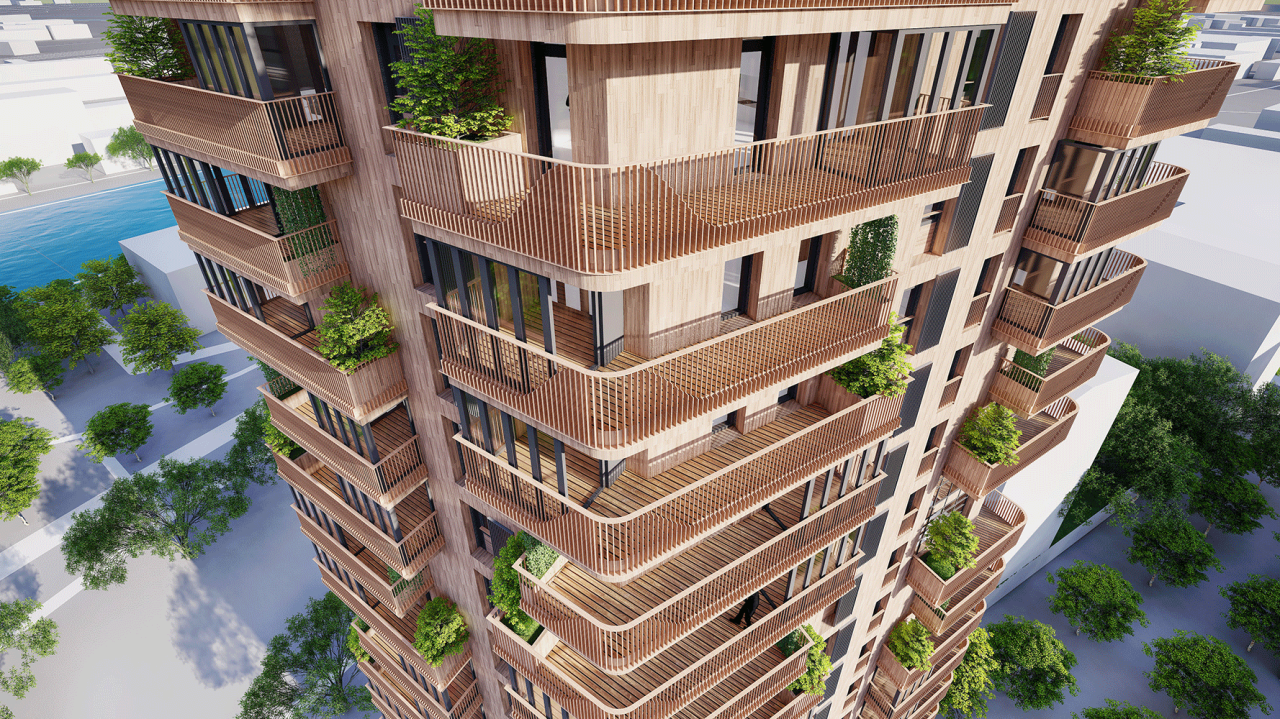
A place to live
The space in which we live has always been the most universally understood and in the simplest terms, provides a place of shelter, protection and rest from extremities. Man’s technological and cultural advances over time has shaped how we live, turning space into place and being a mirror to the culture and lifestyle of those within. As homes over the years have taken on further technological advances that reflect our shift into the digital age, they can similarly represent the complexity of our daily lives. Our ability to work from home and yet be connected to colleagues in a different global time zone further decentralises our need to be anchored to a particular place. The home therefore needs recalibration if we use it not just as a residence but also as a place of multiple uses.
A sanitised living environment
Spending more time at home to work, learn and play thus potentially increases the number of people in close proximity during the course of 24 hours and necessitates greater consideration for the need for natural light and ventilation. Florence Nightingale’s revolutionary hospital wards helped combat the spread of infectious diseases by acknowledging that the exposure to outdoor air and sunlight played a critical role in diluting and dispersing infectious agents and greatly reduced their chance of survival further. One only needs to look at the housing reforms that have taken place over the previous 100 years to correlate our health and well-being with the provision of what has always been a basic human need for our survival.
The importance of natural light, natural ventilation, and a connection to the outside for their socio – physiological well-being cannot be under-estimated. It’s for this reason that the winter-gardens we designed in our recent housing project in Sweden, served as hermetically sealed warm rooms in winter; but could be converted into verandas in the summer. This allowed residents to connect with the great outdoors as a space for exercise, rest and recuperation. Treating terraces as additional ‘outdoor rooms’, can provide an element of self-sustenance when edible plants are incorporated; or can be densely foliated for their environmental attributes of absorbing noxious pollutants and reducing temperature. The positive psychological effects of observing lush greenery also bodes well for those whose family bonding moments required further distancing for everyone’s psychological benefit!
Bridging the urban services divide
This pandemic has made it painfully obvious that people living in high-density environments, such as slums and migrant dormitories, are more prone to contracting and spreading the virus given proximity and the sharing of facilities. Density is often the pre-condition to an effective urban service solution, whereby running water, power and communication infrastructure can be provided efficiently to entire communities. Yet far too many people in cities today lack access to essential services such as water, housing and health care, and this challenged our responses to COVID-19 in many cities. Poor access to services that we may take for granted makes lockdown orders almost impossible to comply with in some places. Closing this urban services divide must be a priority for cities moving forward.
Social divergence vs spatial convergence
The digital age that allows us to work, learn and play from the (dis)comfort of our increasingly spatially constrained homes has thus resulted in many capsule concepts, such as what we were exploring in Sweden. The ‘flexi-pad’ that we designed in the Candy Factory development is a life-long capsule unit that can sit within a regular apartment. What may initially be perceived as just another room can be converted into study (for student), guest room (for visitor), home office (for executive), to fully fledged apartment (or elderly or care giver). In the wake of Covid-19, it can provide an opportunity for self-imposed quarantine too. Such spaces seek to address spatial, economic, and now viral pressures.
Our various, time – sensitive activities that may have historically been dispersed through the course of the day in the city can be now programmed into singular flexible and adaptable space, that further reduces the need for multiple rooms of multiple functions. When it comes to these micro-solutions, our moment of social divergence is paradoxically having a moment of spatial convergence.
This is the fourth instalment on the series titled ‘Balance is the new normal’. Read the first, second, third, fifth and sixth parts here
About Professor Jason Pomeroy
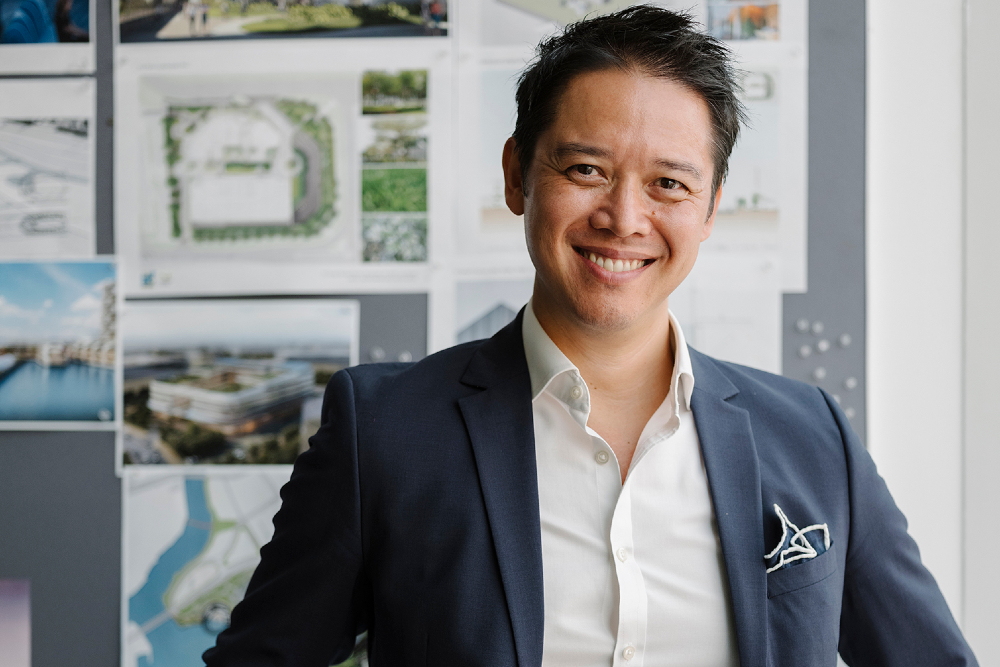
Jason Pomeroy is an award-winning architect, academic, author and TV presenter, regarded as one of the world’s thought leaders in sustainable design. He gained bachelor and master degrees from the Canterbury School of Architecture and the University of Cambridge; and his PhD from the University of Westminster. He is the founder of Singapore-based interdisciplinary design and research firm Pomeroy Studio, and sustainable education provider, Pomeroy Academy. Pomeroy has edited Cities of Opportunities: Connecting Culture and Innovation (2020), and authored Pod Off-Grid: Explorations in Low Energy Waterborne Communities (2016), The Skycourt and Skygarden: Greening the Urban Habitat (2014) and Idea House: Future Tropical Living Today (2011). He continues to raise cultural awareness of cities through his critically acclaimed TV series ‘Smart Cities 2.0’, ‘City Time Traveller’ and ‘City Redesign’. www.jasonpomeroy.sg
About Pomeroy Academy
Pomeroy Academy are educators and researchers of sustainable built environments. The courses created and curated are specialist in nature and focus on the process of designing climate-responsive sustainable developments through an evidence-based approach. The courses seek to heighten awareness of the green agenda and provide students and professionals with the necessary skills to make a difference in their respective fields. The Academy was founded by Prof. Jason Pomeroy, whose interests lie in sharing sustainable design knowledge with an industry that is increasingly needing to respond to climate change. www.pomeroyacademy.sg
Recommended
Asian infrastructure investments boost real estate and economic growth
Governments around Asia are spending billions to fuel infrastructure development to boost real estate and economic growth
Arquitectonica’s global impact reshapes skylines from Miami to Asia
Bernardo Fort-Brescia and his design practice Arquitectonica are making a seismic impact in Asia from an HQ in Florida
Park Kiara in Hanoi raises the bar for sustainable urban living
Park Kiara in Hanoi is a repudiation of low-density, car-dependent suburban sprawl
6 reasons Bekasi is rising as Greater Jakarta’s next hotspot
One of Greater Jakarta’s rising stars is prospering, thanks to ample recreation and a contingent of desirable housing projects


